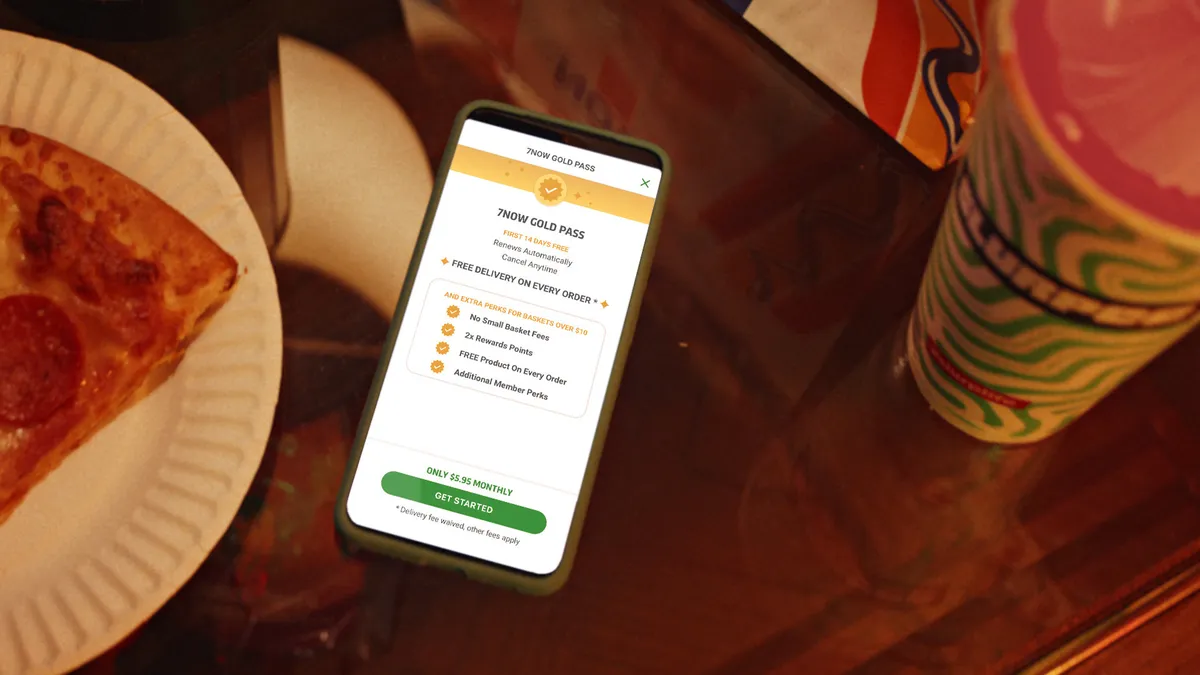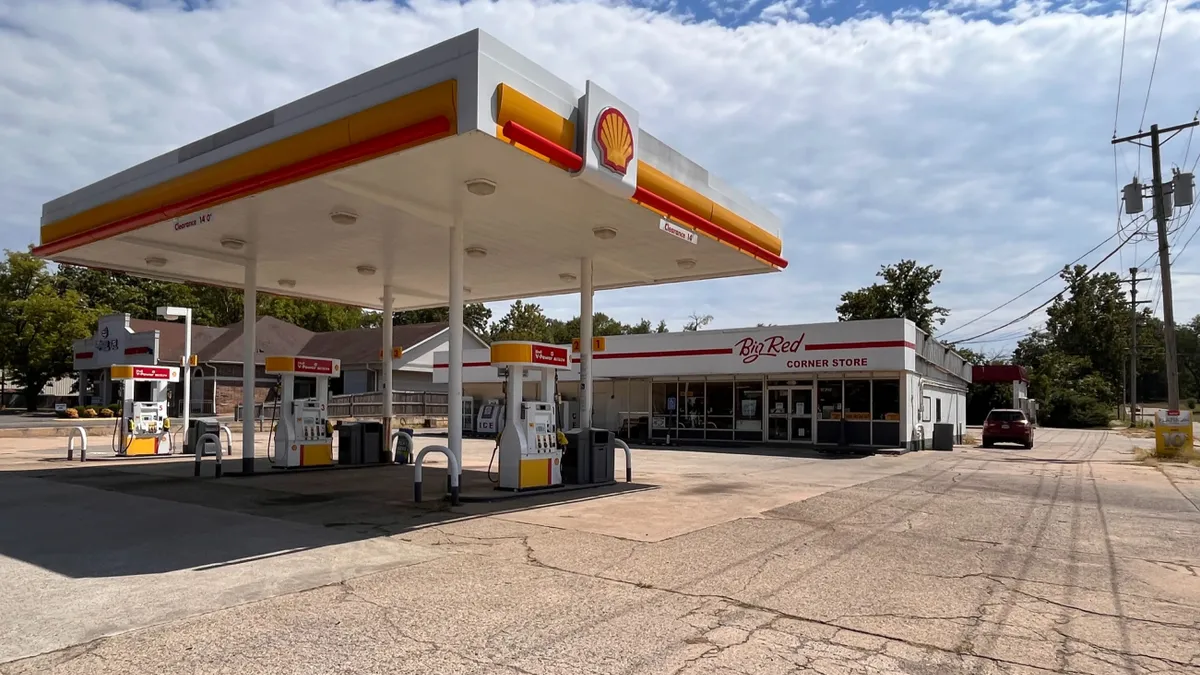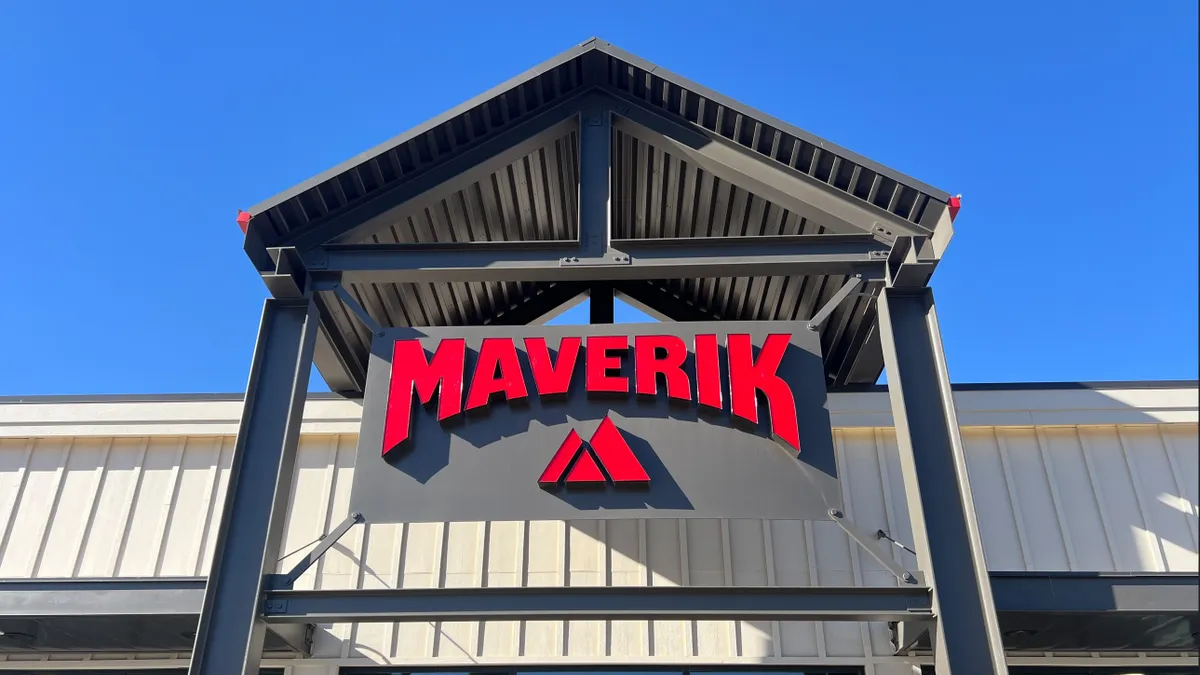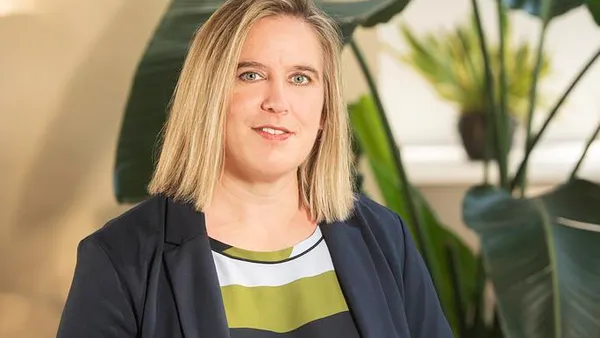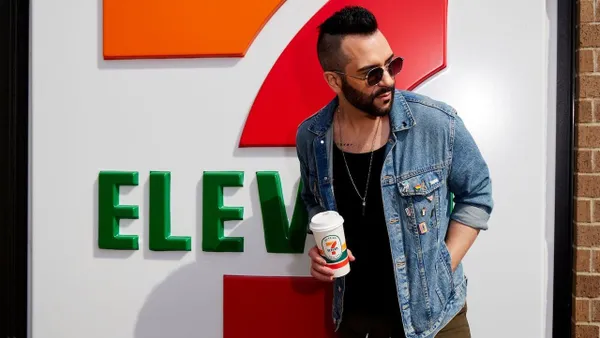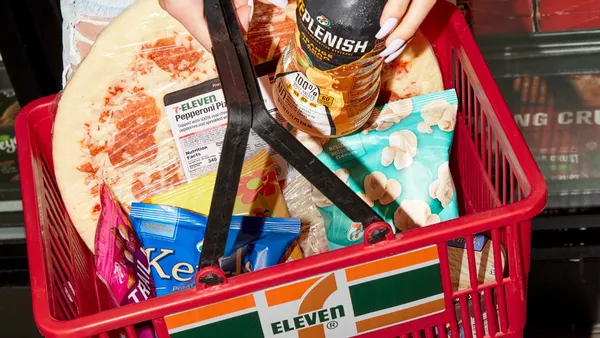Editor’s note: This article draws on insights from a C-Store Dive, Grocery Dive, Restaurant Dive, and Supply Chain Dive co-hosted virtual event panel. You can register here to watch a replay of the full event, “Food Delivery and the Bottom Line.”
7-Eleven first dipped its toes in delivery 10 years ago when it partnered with DoorDash in several major U.S. markets. By late 2020, the convenience retailer launched delivery with Uber Eats, Grubhub, Instacart and several other third-party providers.
At the same time, 7-Eleven continued to build out its proprietary delivery and order-ahead capabilities through its 7Now mobile app, which debuted in 2017.
Fast forward to early 2025, and 24/7 delivery through 7Now is available in more than 7,000 7-Eleven stores across 40 major cities. Delivery has been so successful that 7-Eleven is aiming for $1 billion in North American sales through 7Now by the end of this fiscal year.
Although numerous factors have contributed to 7Now’s success, one element stands out above the rest: speed. During the first three quarters of 2024, 7Now’s average delivery speed was about 28 minutes — an “industry-leading delivery time,” company leadership shared earlier this year.
Paddy Balasubramanian, 7-Eleven’s senior director of delivery and head of 7Now, emphasized the importance of speedy delivery during C-Store Dive’s inaugural event, “Food Delivery and the Bottom Line,” earlier this month.
“As soon as the customer places the order, there is a time that is already relayed which clearly says the order is going to be delivered within 25 to 35 minutes,” he said. “As long as we meet that particular commitment, then the customer is really happy about it. The moment we go beyond that particular window… that's when the customer anxiety builds up.”
‘Pick-and-pack’ process targets speed
Balasubramanian said that 7-Eleven has the same delivery process regardless of whether the order comes from 7Now, DoorDash, Uber Eats or another platform.
From the time the order is placed, each basket is typically ready to go in five to 10 minutes, Balasubramanian said.
“As long as we meet that particular commitment, then the customer is really happy about it. The moment we go beyond that particular window… that's when the customer anxiety builds up.”

Paddy Balasubramanian
7-Eleven’s senior director of delivery and head of 7Now
Store employees immediately see new orders arrive via tablets. Through what Balasubramanian calls a “homegrown technology,” workers are told where each product is located throughout the store so they can compile the order as quickly and efficiently as possible. 7-Eleven refers to this step as the “pick and pack” process, Balasubramanian said.
“Our goal is to ensure that the [employee’s] muscle memory builds, and this whole homegrown technology has actually helped us deliver orders faster,” Balasubramanian said.
He added that even when 7-Eleven workers are moving as quickly as possible, there are “checks and balances” to ensure that every order handed off to the driver is accurate and free of any confusion. For example, if an item on the order is out of stock, 7-Eleven has dedicated substitutes that it will offer as a replacement.
“What we control is how quickly we pack and have the order ready before the Dasher comes through the door,” he said. “That's where we get our focus.”
Even with this speedy process, some orders move faster than others, he said. Several elements can influence processing times, such as the number of orders in the queue, the time of day, how many items are in each order and how crowded the store is when the order is placed. Orders that include pizza may take longer due to cook time, Balasubramanian said.
“A combination of all of these factors is what’s going to drive the ‘pick-and-pack’ time, which in turn impacts the speed,” he said.
Not so fast
Although 7-Eleven is constantly monitoring new technologies to add to its delivery process, Balasubramanian said 7-Eleven isn’t hellbent on speeding up its already fast delivery times.
He said that there’s a limit to how fast operators can push delivery speed, adding that anything faster than 15 to 20 minutes likely won’t be worth the training and financial investments needed to make it happen. At a certain point, customers fall back on price, item quality and brand trust over speed.
“[Customers] will still pay for 30 minutes or 28 minutes or 25 minutes,” he said. “But beyond that, pushing the needle to 15 minutes, I think, is more of a fancy idea at this point.”
Value and reliability, he emphasized, are just as important as speed in creating a successful customer experience with delivery.
“As long as we get all of those aspects right, the loyalty builds.”



